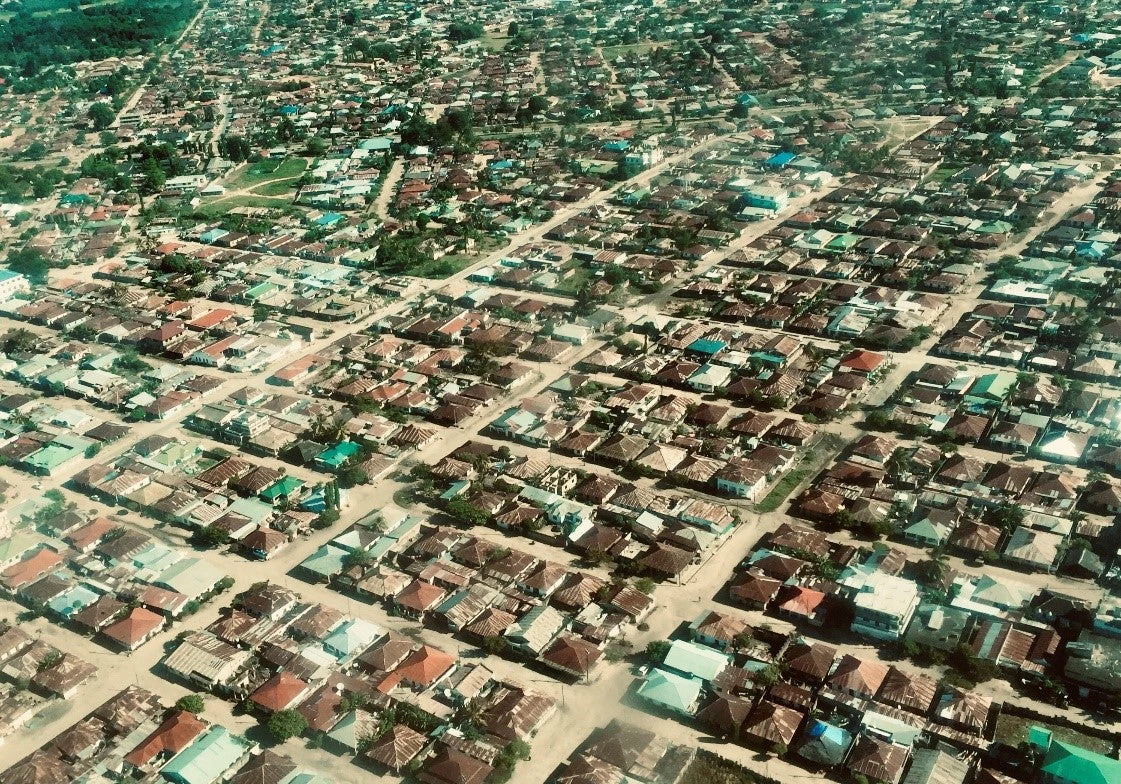California is suffering from its fifth year of drought, the states of Tamil Nadu and Karnataka in India are arguing over the sharing of Cauvery river water, and food security for 36 million people is threatened due to drought in large regions of Africa. On the flip side, Bangladesh, Maldives, and other island nations are confronted with the threat of rising seas, while extreme rainfall and flooding (as experienced by Haiti just a few weeks ago) are expected to become increasingly common. Even without these extremes, almost every country is facing its own challenges in managing water resources.
As Operations Analysts in the World Bank Water Global Practice, and as water management newbies, we were excited to go to the Netherlands and Israel, respectively, to understand how these two countries have overcome their unique obstacles to become prime examples in water engineering. Upon examining the findings alongside senior specialists in the Practice and practitioners from client countries, it is clear that despite each country’s distinct topography, they share a focus on collaboration among stakeholders and an emphasis on efficiency powered by innovative technology.
David Ben-Gurion, the founder of modern-day Israel, had a vision of “making the desert bloom” that was rooted in the larger political context of Jewish immigration into the Negev desert. However, Israel’s scarce freshwater sources make its lessons increasingly relevant in a water-parched world . Our week-long study tour exposed us not only to the technological aspects of managing water, but also the cultural attitude of the Israeli people towards saving water – that they would rather break down an entire section of a wall in their home to detect a leak in their pipes than let water drip.

Understanding the role of academia in leveraging hydrology
and water engineering innovations
Israel’s relentless focus on efficiency is reflected in their non-revenue water, or water that does not reach customers, which in most cities is as low as six percent. To put this in context, non-revenue water is 25 percent in Washington D.C! Equally impressive is their reuse of 90 percent of treated wastewater, of which 80 percent is used by agriculture. Technological innovations like drip irrigation that help farmers and small landholders increase yield and save water is another noteworthy example of efficient use of water. Indeed, of the three Rs for conserving resources: Reduce, Reuse and Recycle – the client delegation was inspired to follow Israel’s model for the first two.
The Netherlands has shown similar ingenuity in the reuse of treated wastewater to cool power plants and in the generation of innovative by-products from wastewater treatment plants.
As the best-protected delta in the world, more than 60% of the Netherlands is below sea level or vulnerable to flooding. Seventy percent of the GDP in the Netherlands comes from vulnerable low-lying areas, forcing the Dutch to find effective and sustainable solutions for flood protection, water supply, and treatment. We had firsthand exposure to innovative ways to build flood resilience and integrated water management that the Dutch have perfected over centuries.
Particularly impressing is the concept of consensus-based decision-making, or “polderen,” for successful implementation of projects, and Room for the River, a flagship program of the Dutch Government. This program conceptualizes a new approach to flood management and spatial development, by emphasizing living with water and giving more space to the river. This approach is able to contain major floods and improve safety around the floodplains. These aspects of water management are especially important for the rapidly urbanizing countries of Asia and Africa where climate change looms large.

during in-depth discussion sessions with experts
Through this research, we came back at the end of the tour with the realization that the first step is to administer resources more efficiently – whether through polderen or by nurturing an ecosystem of various stakeholders to foster innovation. Irrespective of the income level of a country, reducing and reusing water, as well as prevention rather than evacuation in the event of a flood, are the most cost-effective ways to manage water resources.



Join the Conversation